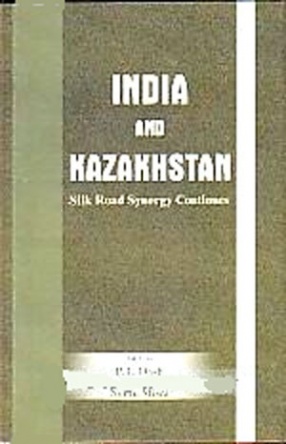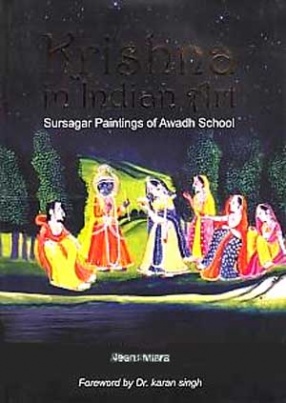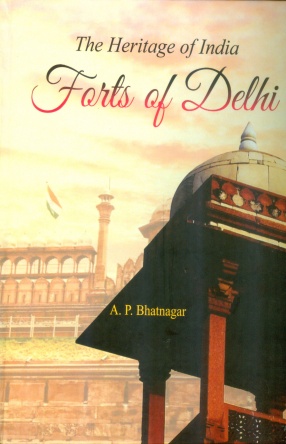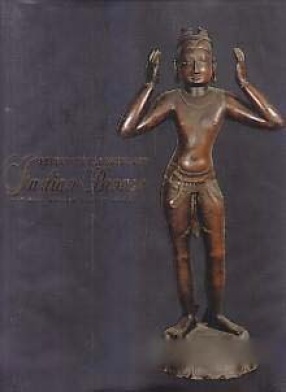Venerated by Akbar, admired by Jahangir, adopted as a model by Shahjahan for his celebrated Taj Mahal, the final resting place for many a prince and princess of the house of the Mughals including Dara Shikoh, the later Mughal Emperors including Jahandar Shah, FarrukhSiyar, Rafi ud Darjat, Rafi ud Daula and Alamgir II, and the refuge for the last Mughal Emperor Bahadur Shah Zafar in 1858 before his banishment to Burma, the Garden Tomb of Humayun has inspired the encomiums of architect, historians, visitors and tourists for centuries. From Manucci to Bernier and from Colonel Hodgson to Nobel Laureate Octavio Paz, the narrativers of the tomb have enthused admiration in poetry and literature. The red sandstone and bulbous marble double dome symbolizing the funeral pyre in the garden setting on the banks of Yamuna was conceived as a paradise in the lap of nature created for jannat-I Ashiyani, the posthumous title given to Humayun. In this first major experiment of a garden tomb of the Mughals, the architectural elements noticeable by any visitor are enormity of the size, the remarkable symmetry of the mausoleum and the garden, the marble and red sandstone finish, and the garden enclosure. Each of these elements were known to the architects even before the advent of the Mughals and had been experimented successfully either in India or in Central Asia. But what is significant is that all these elements came together in one single monument for the first time. The present monograph is the first comprehensive survey of the evolution of the Garden Tomb of Hymayun and its salient features. It is a must for historians, archaeologists, conservators, tourists and lay-readers. The painstaking research by the authors and remarkably enchanting photographs enhance the readability of the book from cover to cover.
The Garden Tomb of Humayun: An Abode in Paradise
In stock
Free & Quick Delivery Worldwide
Bibliographic information
Title
The Garden Tomb of Humayun: An Abode in Paradise
Author
Edition
1st ed.
Publisher
ISBN
8173052530
Length
xii167p., Plates; Maps; Notes and References; Glossary; Bibliography; Index; 31cm.
Subjects








There are no reviews yet.